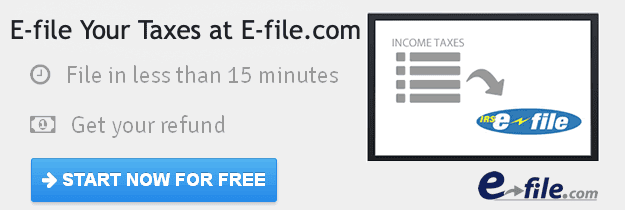 ?>
?>
Income Tax Refunds
The long and short of the process is as follows: upon completion of the 1040, the IRS takes the money which was rightfully yours to begin with and gives some of it back to you according to the math. Many do not receive this return of funds and many more still end up owing more. The money the government took out of your paychecks every month they put into circulation. So basically, prior to its return to you, the government had free access to the use of your money on which no interest accrues.
Doesn’t sound exactly fair, but that’s how our system does it. But even if it is ours to begin with, it’s nice to have it find its way home. The income tax return is dependent upon the difference between the tax that is owed to the government and the total amount of refundable tax credits claimed, plus the amount of withholding already paid. If the amount of tax owed is less than the latter number, that individual will receive a refund. According to the FDIC, 77% of tax returns filed received a refund check in 2004 and the average refund was around $2,000. People who end up owing nothing in income tax can still end up getting a return due to the withholdings and tax credits on the W-4.
A number of bills were passed in the last few years giving more per capita rebate. In 2008, 117 million people with middle to low income classifications received rebates. Amendments to the bill later added 20 million retirees and 250,000 vets and disabled people to the lot as well. Single filers with an income of less than $75,000 are eligible for up to $600 in tax returns and couples with an AGI of less than $150,000 are eligible for up to $1200 in returns, plus $300 for every dependent child. If your earnings are over the listed amounts, the difference will take a 5% hit.
- File Taxes at E-file.com
- The Free File Program
- The Free File Alliance
- Free File Qualification
- Ways to Free File
- What is E-Filing
- Information Needed
- Why Should I Efile
- Free File Providers Who Qualifies?>
- Other Tax Articles
- Free Efile
- Tax Extension
- Tax Filing Software
- Terms of Use
- Privacy Policy
- About This Site


 ?>
?> 